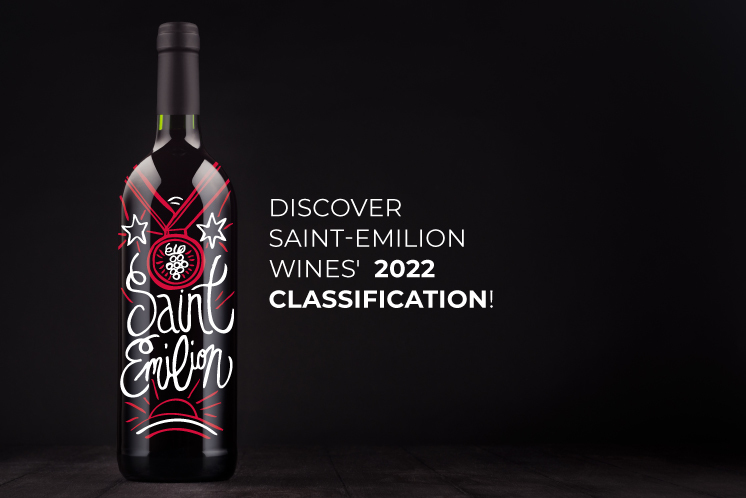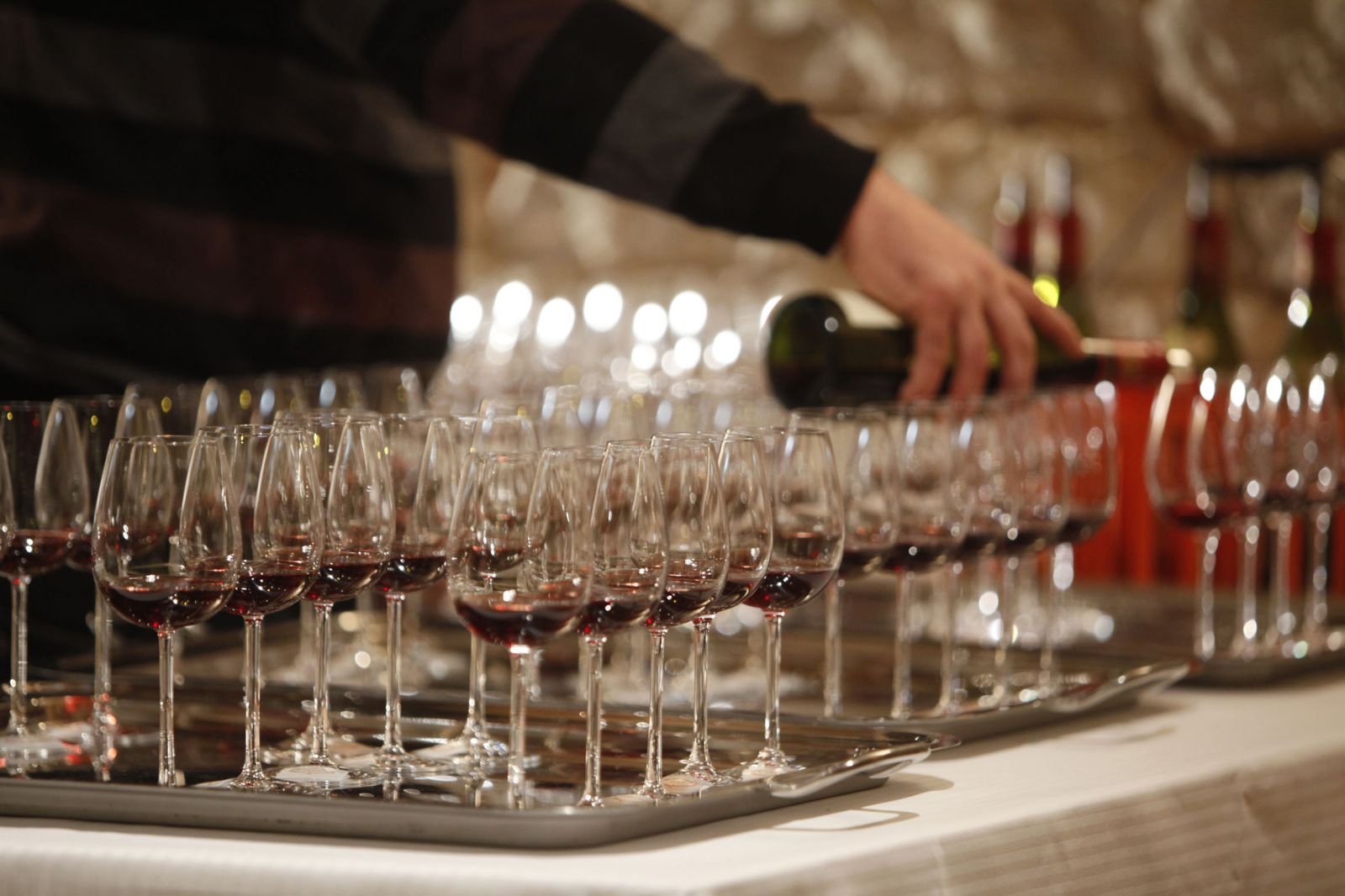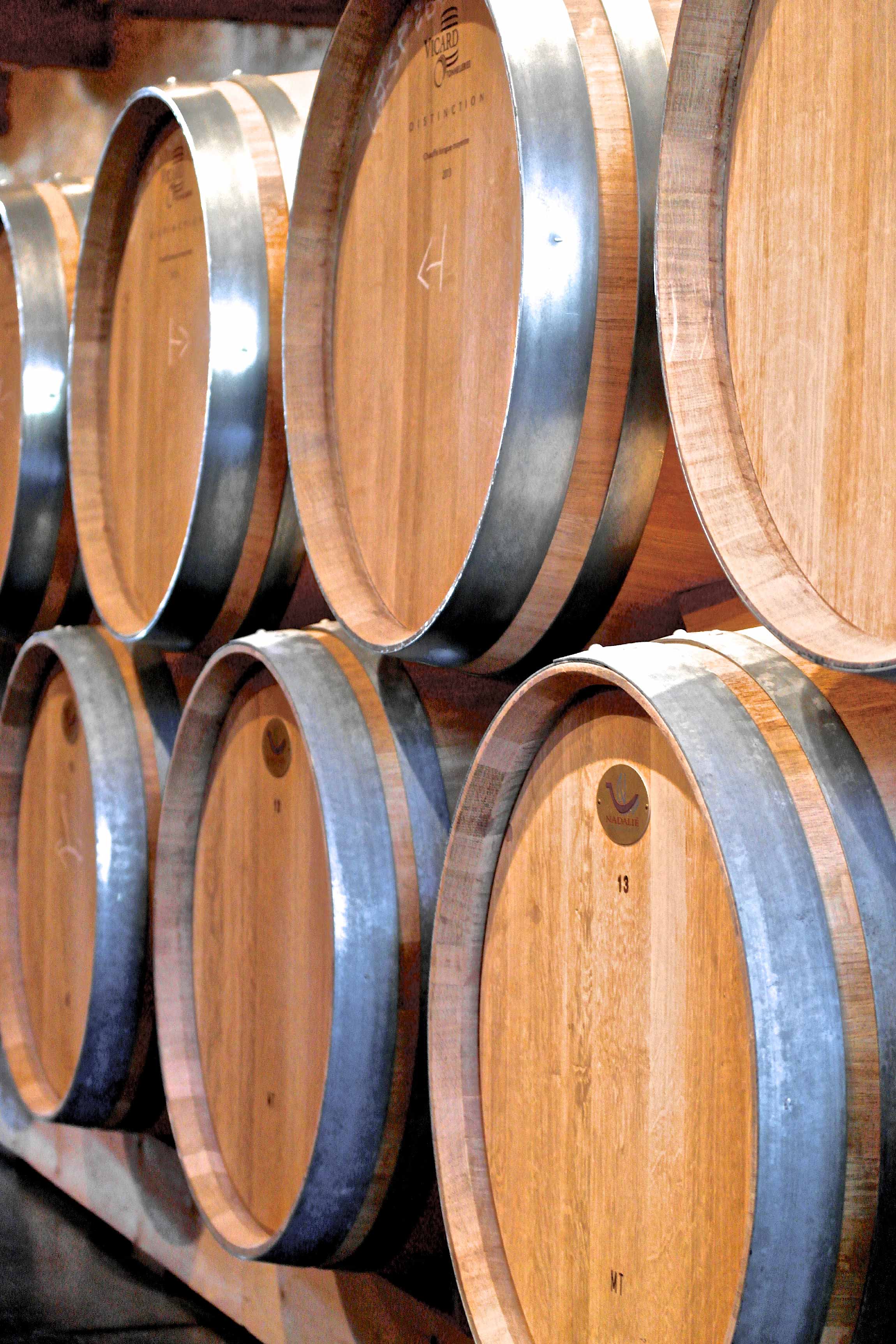The 2022 classification lists 85 wine estates:
- 2 Premiers Grands Crus Classés A
- 12 Premiers Grands Crus Classés
- 71 Grands Crus Classés



The 2022 classification is the seventh since the first in 1955. After many months of painstaking work, it lists 85 properties, including 2 Premiers Grands Crus Classés A, 12 Premiers Grands Crus Classés and 71 Grands Crus Classés.
Saint-Émilion wine classification
The statue of Louis XIV on horseback majestically overlooks the Courtyard of Honour at Château de Versailles. He was the king who paid tribute to our wines, declaring, “Saint-Émilion, nectar of the gods”. Saint-Émilion wines owe their popularity to their outstanding terroirs and because they meet very demanding requirements which enables them to reach exceptional levels of quality.
In fact, this energy and innovation are intimately linked to the life and history of this ancestral winegrowing place, because here in 1884, the first winegrowers’ union in France was founded. In 1936, the “Saint- Émilion” AOC was officially recognised.
The idea of Crus de Saint-Émilion Classification started in the beginning of the 1950’s, following the implementation in 1948 of the wines tasting as a way to control their quality. In 1952, a classification regulation scheme is edited under the auspices of the Institut National de l’Origine et de la Qualité (INAO) and the Ministry of Agriculture. In addition to the Saint-Émilion AOC introduced in 1936, three new appellations are added in 1954: Saint-Émilion Grand Cru, Saint-Émilion Grand Cru Classé and Saint-Émilion Premier Grand Cru Classé.

Or how to build on a thousand-year-old culture of excellence and guarantee a never-ending quest for quality and innovation.
In 1955, responding to a request from the Union for the Defence of the Saint-Émilion Grand Cru Appellation, the Institut National de l’Origine et de la Qualité (INAO) made a classification of the wines of the appellation.
In keeping with the bustling dynamism of Saint-Émilion wine-growing area in the middle of the twentieth century, the classification of the Crus since its creation has proved to be highly modern and innovative by initiating a revision every ten years. This creates a collective competition, a healthy rivalry and a passion to surpass, a way to progress and challenge oneself constantly. The knowledge of the terroirs, the consistency of the wines, the unique identity of the plots, also advertising, communication, technical investments, wine tourism… are some of the aspects the winemakers need to work on to be able to join the elite of the Crus de Saint-Émilion.
“The classification is the pulse of Saint-Émilion: it shows the amazing diversity of our vineyards. We find here knowledge, traditions, talents and many human experiences. Over decades, it shows us that the strength of Saint-Émilion lies not only in the family heritage since many generations but also with the newcomers who add to the rich history of this region. All the above contribute to the liveliness of the appellation and the modernity of the classification.”,
Jean-François Galhaud, president of the Saint-Émilion Wine Council.
The Crus de Saint-Émilion Classification is a classification of crus, not only of wines. It acknowledges and commends the excellent long term work of the estates: this work is made up of a sum of details, some of which are minute, but all of which combine to place these estates among the elite of the appellation. To attain such a level, nothing is left to chance or overlooked like the level of perfection which prevails in the wineries and the qualitative approach of the vinification. This perfection is found in every cru listed in the classification, with an age-old knowledge mixed with innovation, a scientific and rigorous approach to winegrowing and winemaking, keeping in mind the challenges of sustainable development.
All the points examined by Bureau Veritas and submitted to the Committee of Classification determines the marks that will add up to the final score:
For « Grands Crus Classés »:
For « Premiers Grands Crus Classés »:
A minimum total score of 14/20 is necessary to get the rank of « Grand Cru Classé ». A minimum total score of 16/20 is necessary for the title of « Premier Grand Cru Classé ». Important detail: only the candidates already admitted as a Grand Cru Classé could be examined for Premier Grand Cru Classé.
Saint-Emilion’s reputation compels the wine makers who want to compete. This the reason why the main criteria in this classification is the expression of the terroir and the wine tasting: the level of the quality and the consistency of the wine found base of the score. There is another major criteria which cannot be ignored, which is the characterization of the estate: property tax base, consistency of the cultural assets, topographic analysis and soil structure. Both the winegrowing and winemaking methods, the transformation of the terroirs and the way they reflect, in the tasting, a consistent quality and an aptitude for aging are the most important aspects of discerning a Grand Cru Classé or a Premier Grand Cru Classé.
The tasting process is the most important part of the classification (check the box for more details on the method and grading): 43 expert tasters under the direction of Gilles de Revel, professor ISVV (Institut des Sciences de la Vigne et du Vin) and Honorary Dean of the Faculty of Oenology. 1343 samples have been tasted between December 2021 and April 2022.
To be an expert wine taster, one had to have at least 10 years of experience in the field: sommeliers, oenologist, teacher in wine tasting, head of a laboratory, wine expert… Before starting the long process of grading, everyone went through a two parts specific training on Saint-Émilion wines which took place in autumn 2021, the second in the first quarter of 2022 specifically dedicated to the old vintages.
The selected panel followed many classes, as well as the strict conditions of tasting for the classification, the techniques to be used for the organoleptic evaluations, the requirements of judging and the methods used for grading. The training’s main topic being the conditions used for tasting as per the classification: quality, consistency, ability of aging for the Premiers Grands Crus Classés.
It’s not only the wine tasting, as a result of expressing the terroirs, that counts in the final score. Many other multi-dimensional aspects, in keeping with modern times, are taken into account in the classification because they contribute to the outreach and the reputation of an estate: methods used in winegrowing and œnology, the renown and reputation (that have to be attained before the classification and acknowledge the continued efforts and hard work of the estate to make their wine recognised by wine enthusiasts all over the world), the terroirs, wine tourism…

"Again what matters is that the pillar of the classification is the wine tasting: it makes up for 50% of the final score, for both the Grands Crus Classés and the Premier Grands Crus Classés, the only difference being the number of vintages tasted, 10 for the Grands Crus Classés and 15 for the Premiers Grand Crus Classés."
Jean-Francois Galhaud, President of the Saint-Émilion Wine Council

The 2022 classification lists 85 wine estates:
The vintage is the year the fruit used to make the wine was harvested. It enables Saint-Émilion wine enthusiasts to track the ageing of their wines. It is therefore an essential indicator of wine quality and the right time to open a bottle.